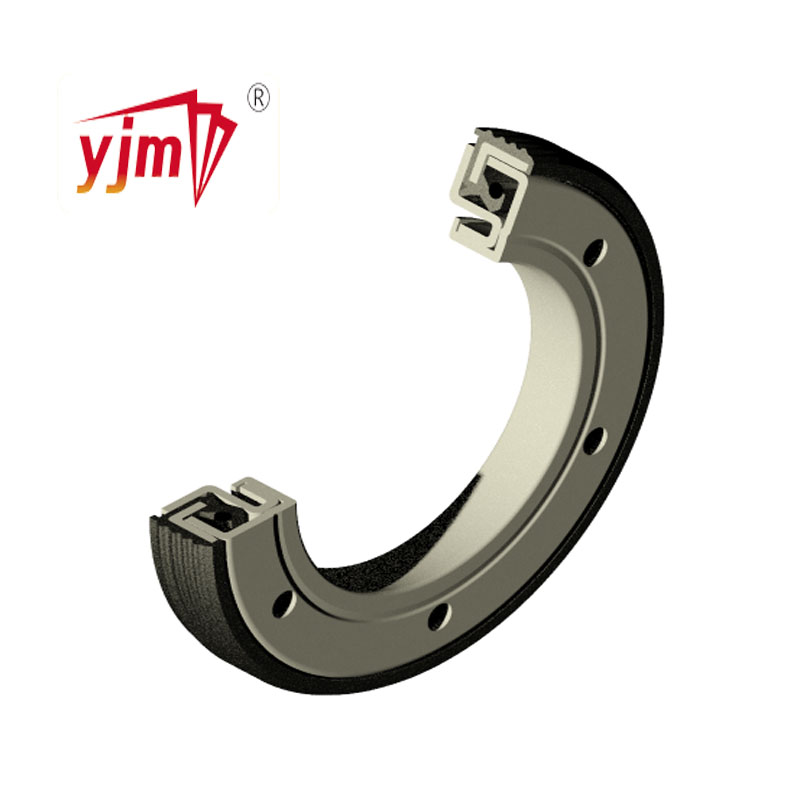gasket oil pan drain plug
Understanding the Gasket, Oil Pan, and Drain Plug Essential Components of Your Vehicle’s Engine
When it comes to vehicle maintenance, many car owners are aware of the importance of regular oil changes and engine care. However, the engine's health relies on many interconnected components, including the gasket, oil pan, and drain plug. Understanding these parts is crucial for effective maintenance and prevention of expensive repairs down the road.
The Oil Pan A Critical Component
The oil pan, also known as the sump, is typically positioned at the bottom of the engine. It serves several key purposes, the most notable of which is to hold and store engine oil. This oil lubricates all the moving parts of the engine, reducing friction and minimizing wear. The oil pan not only provides a reservoir for the oil but also plays a role in maintaining the overall temperature of the engine. As oil circulates, it absorbs heat and carries it away, thus preventing overheating.
The oil pan is often made from sturdy materials, such as steel or aluminum, to withstand the harsh environment under the vehicle. Over time, due to consistent exposure to oil and high temperatures, the oil pan can suffer from wear and, in some cases, develop leaks. A leaking oil pan not only leads to oil loss but can also create messes under the vehicle and potentially cause serious damage to the engine if not addressed promptly.
The Gasket Ensuring a Tight Seal
The oil pan gasket, typically made from rubber or cork, provides a critical sealing function. It ensures that the oil stays contained within the oil pan and does not leak out. Over time, due to heat, age, or improper installation, gaskets can deteriorate, leading to leaks. A faulty gasket can result in oil pooling under your vehicle, increased engine wear, and ultimately could lead to low oil levels that might jeopardize your engine’s integrity.
gasket oil pan drain plug

Replacing the oil pan gasket should be part of regular vehicle maintenance, especially if the oil pan itself is removed for servicing. Regular inspections can help identify any signs of wear before they become more significant issues. If you notice a patch of oil under your vehicle, it’s essential to have it checked by a professional.
The Drain Plug The Unsung Hero
While the gasket and oil pan are crucial, the drain plug is often overlooked despite its importance. Located at the bottom of the oil pan, the drain plug is the access point for changing the engine oil. During an oil change, the drain plug is removed to let the old, contaminated oil flow out before fresh oil is poured in. This process is critical to maintaining the engine's performance.
Like the oil pan and gasket, the drain plug can be susceptible to wear and may occasionally become stripped or damaged. It’s essential to ensure that the drain plug is properly tightened after an oil change to prevent leaks. Over-tightening can also be an issue, as it may cause damage to the oil pan threads.
Conclusion
Understanding the roles of the oil pan, gasket, and drain plug can significantly enhance your ability to maintain your vehicle. Regularly checking these components as part of your vehicle's maintenance routine can prevent minor issues from escalating into costly repairs. Always consult your vehicle’s manual for specific maintenance guidelines, and consider having a trusted mechanic perform inspections or repairs when necessary. Taking these steps will help ensure the longevity of your engine and the overall performance of your vehicle. Regular maintenance is the key to a smooth-running engine and a reliable vehicle on the road.
-
The Ultimate Guide to Car Repair Kits: Tools and Essentials Every Driver Should Own
News Aug.01,2025
-
The Complete Guide to Oil Pan Gaskets: Sealing Engine Leaks the Right Way
News Aug.01,2025
-
Preventing Oil Leaks: A Complete Guide to Oil Pan Gaskets and Drain Seals
News Aug.01,2025
-
Everything You Need to Know About Oil Pan Gaskets and Drain Plug Seals
News Aug.01,2025
-
Essential for Car Owners: How to Use a Car Repair Kit to Deal with Minor Breakdown
News Aug.01,2025
-
Comprehensive Guide to Engine Oil Sump Gaskets and Related Seals
News Aug.01,2025
-
The Ultimate Guide to Boat Propeller Bearings and Trailer Wheel Bearings
News Jul.31,2025
Products categories















